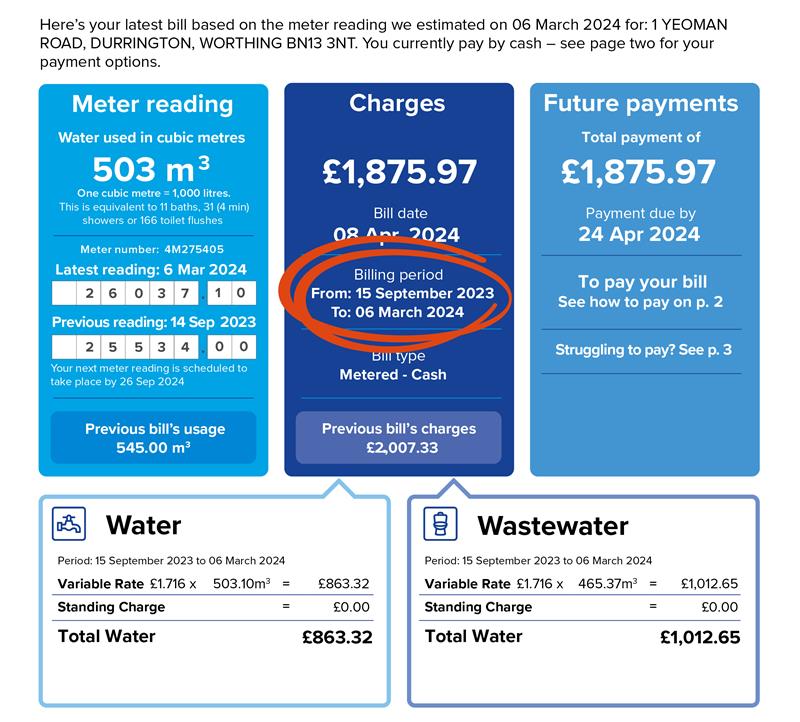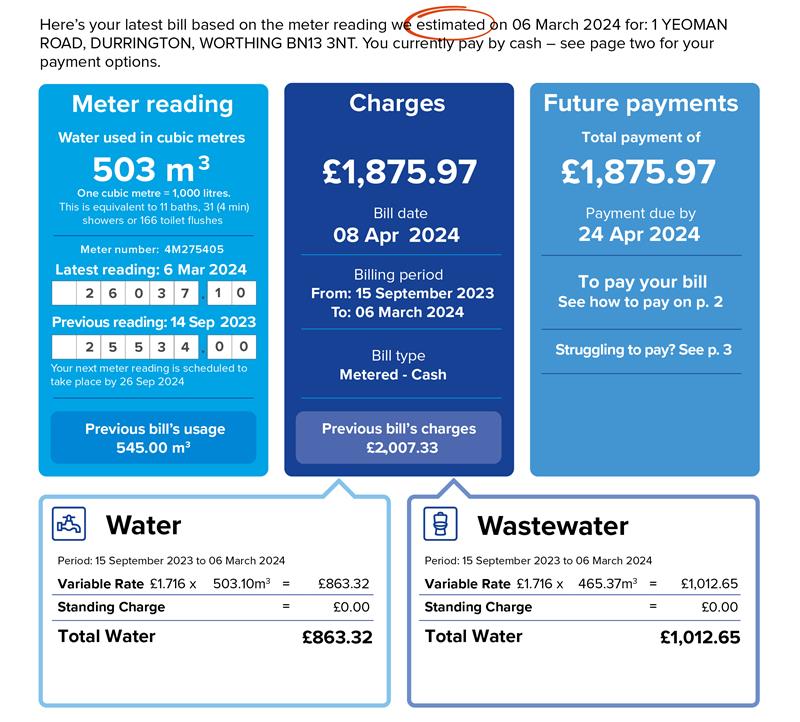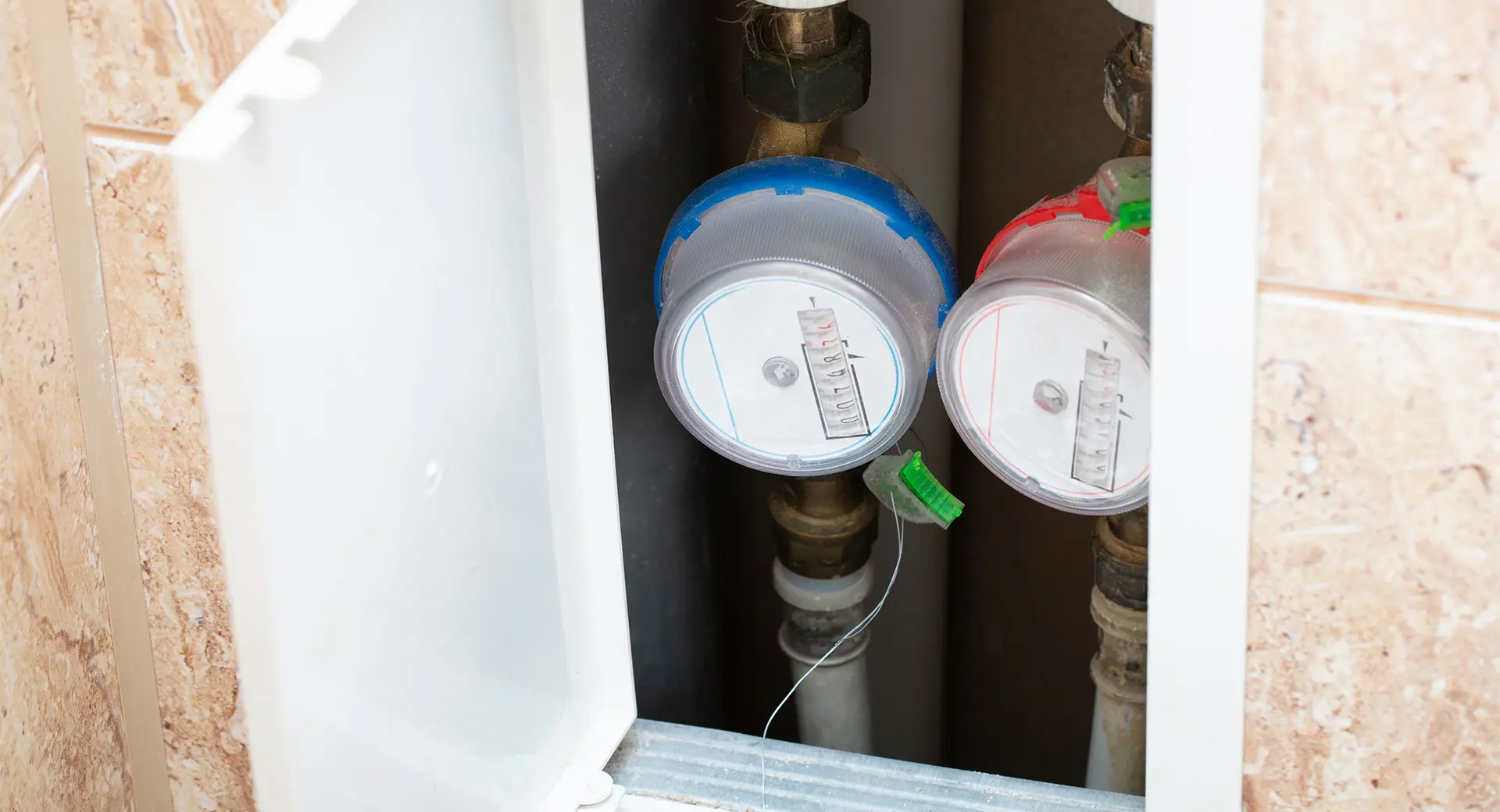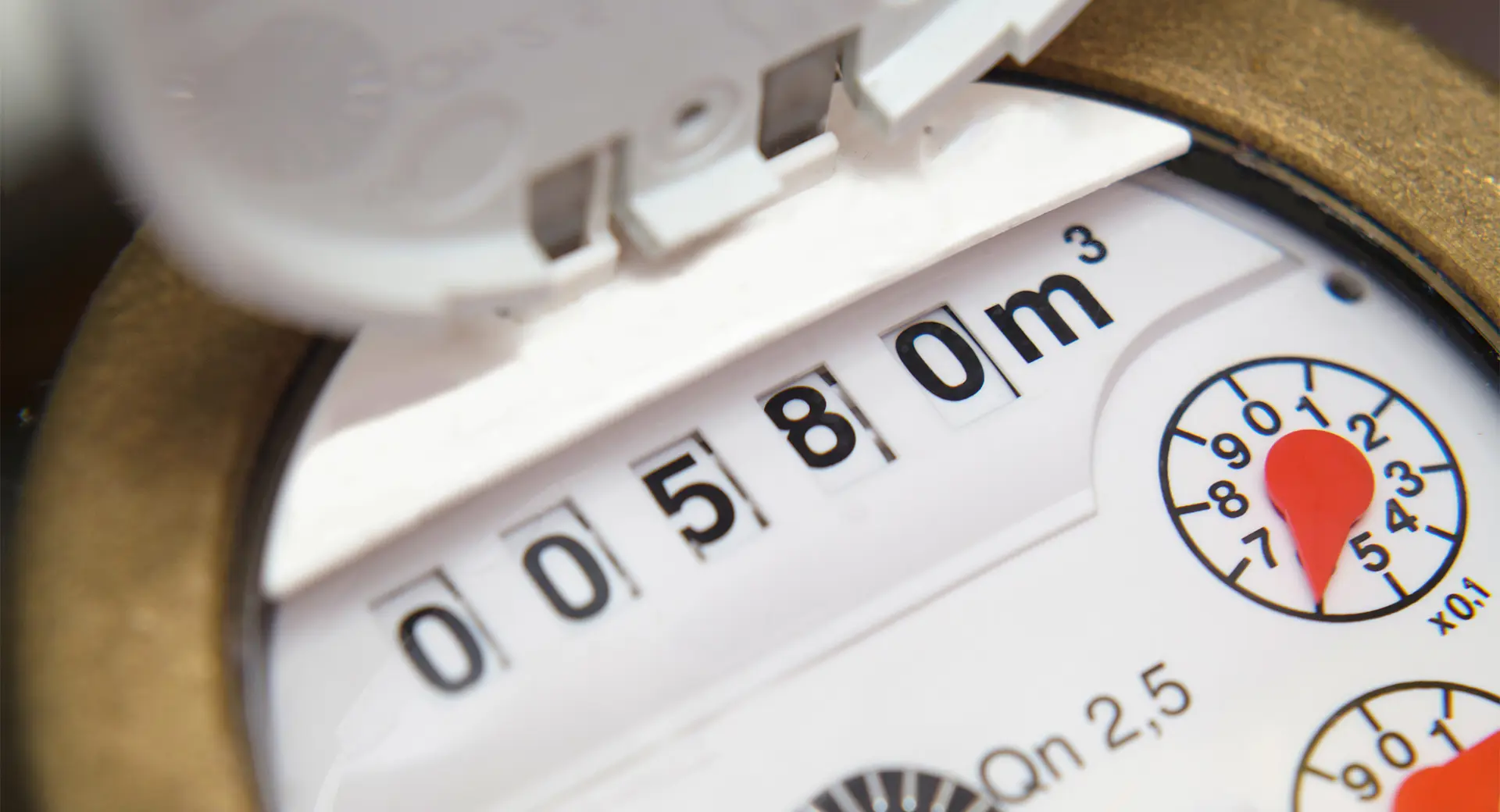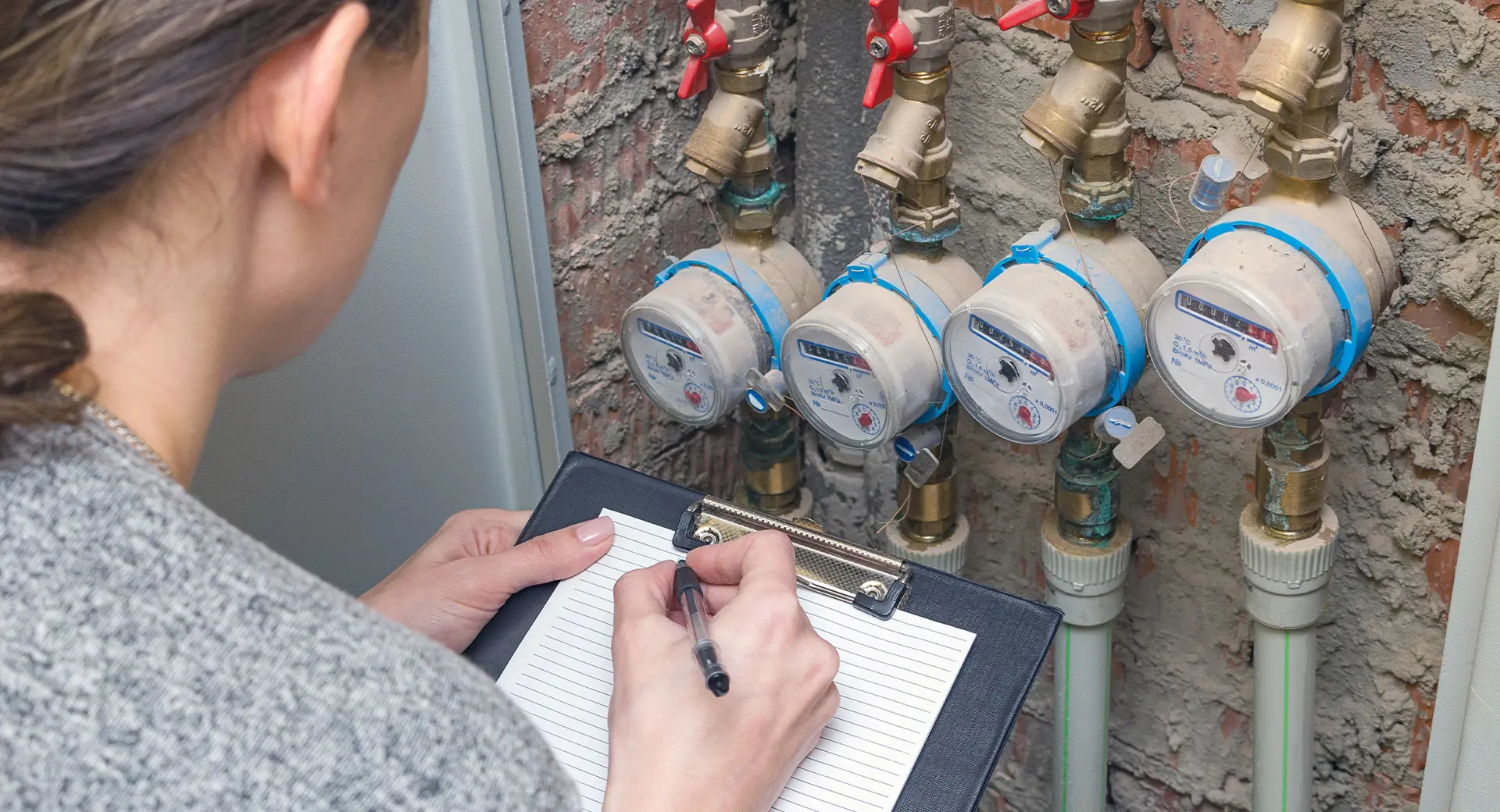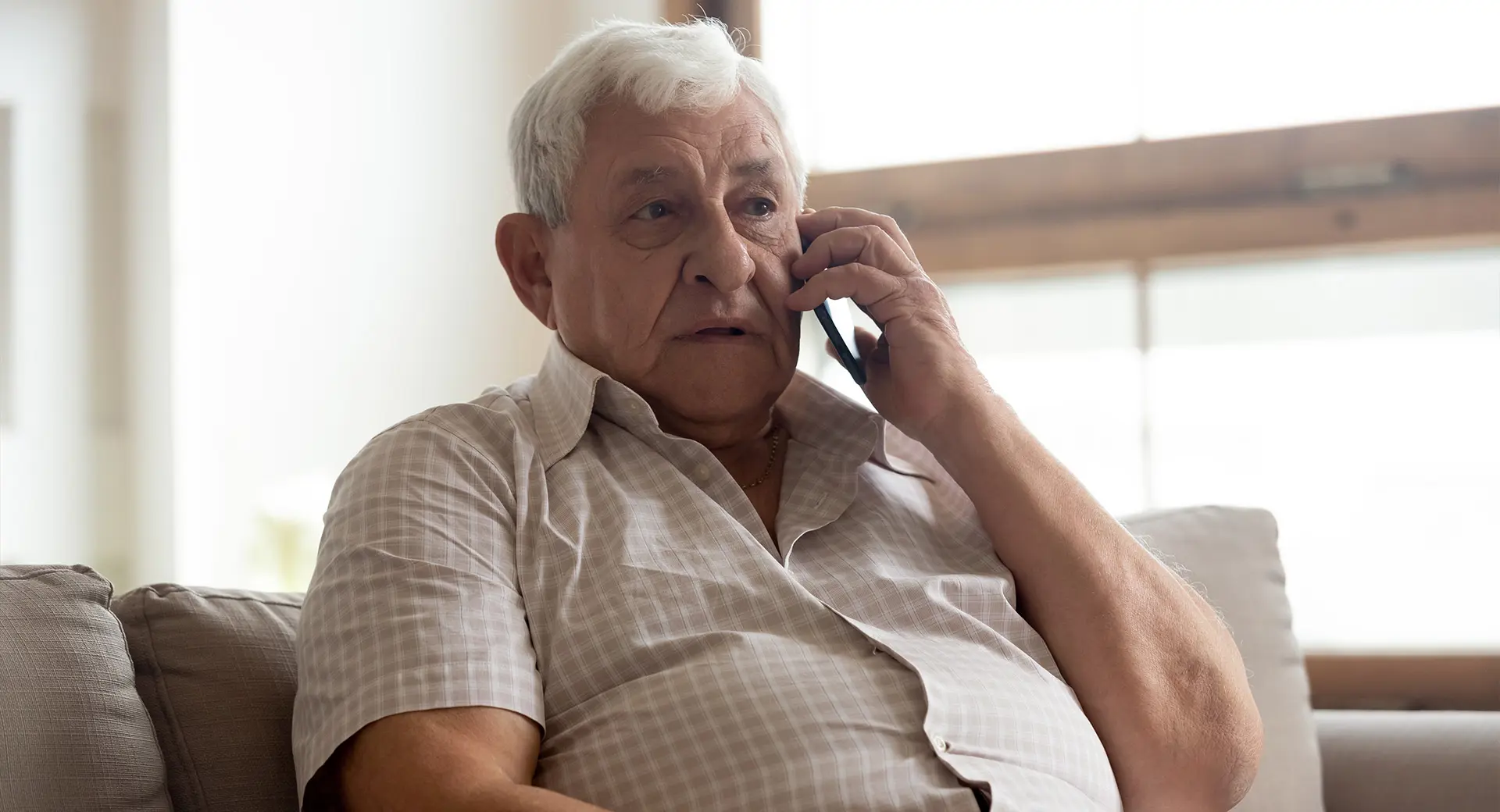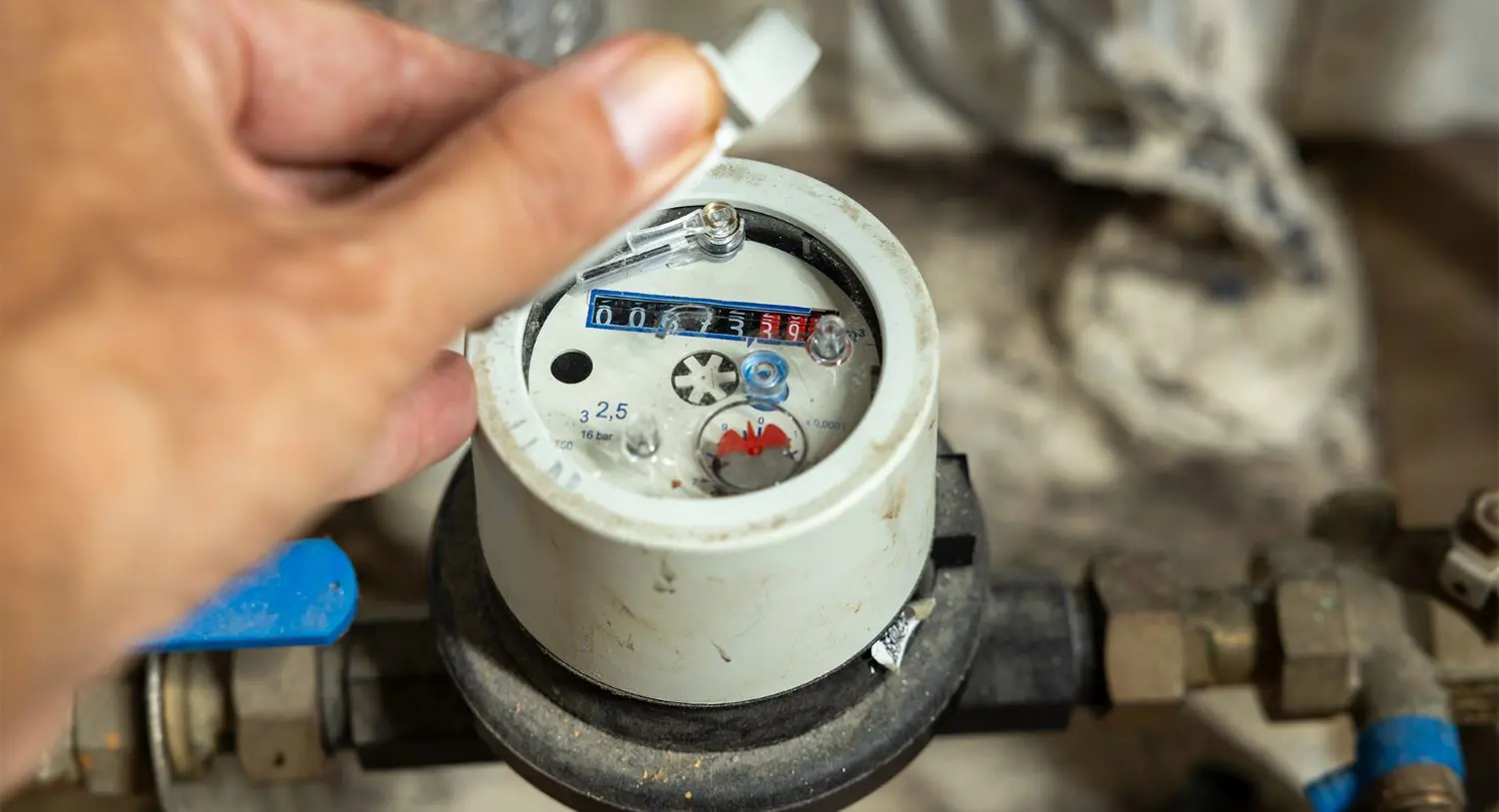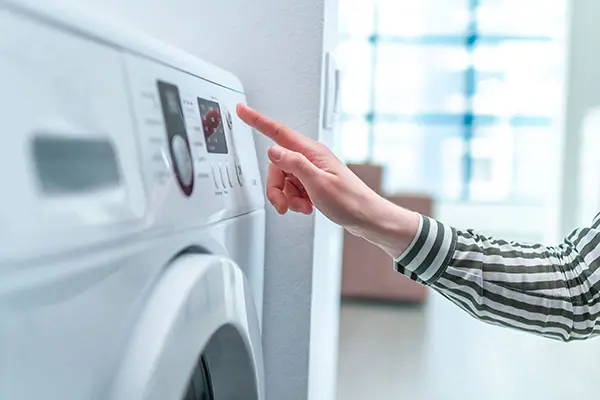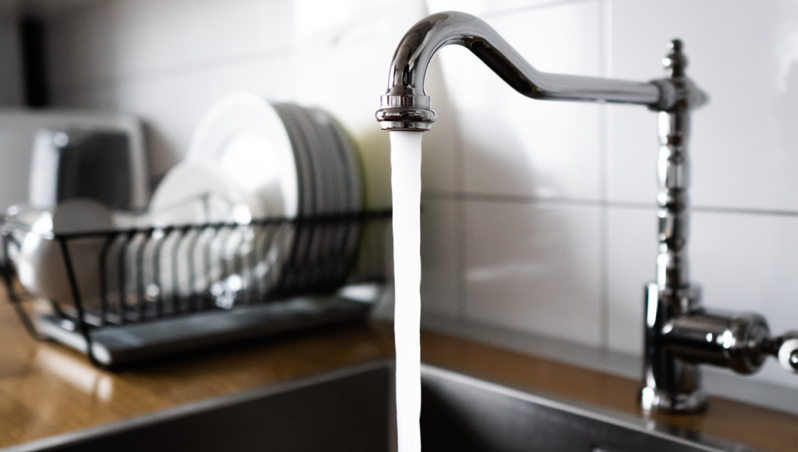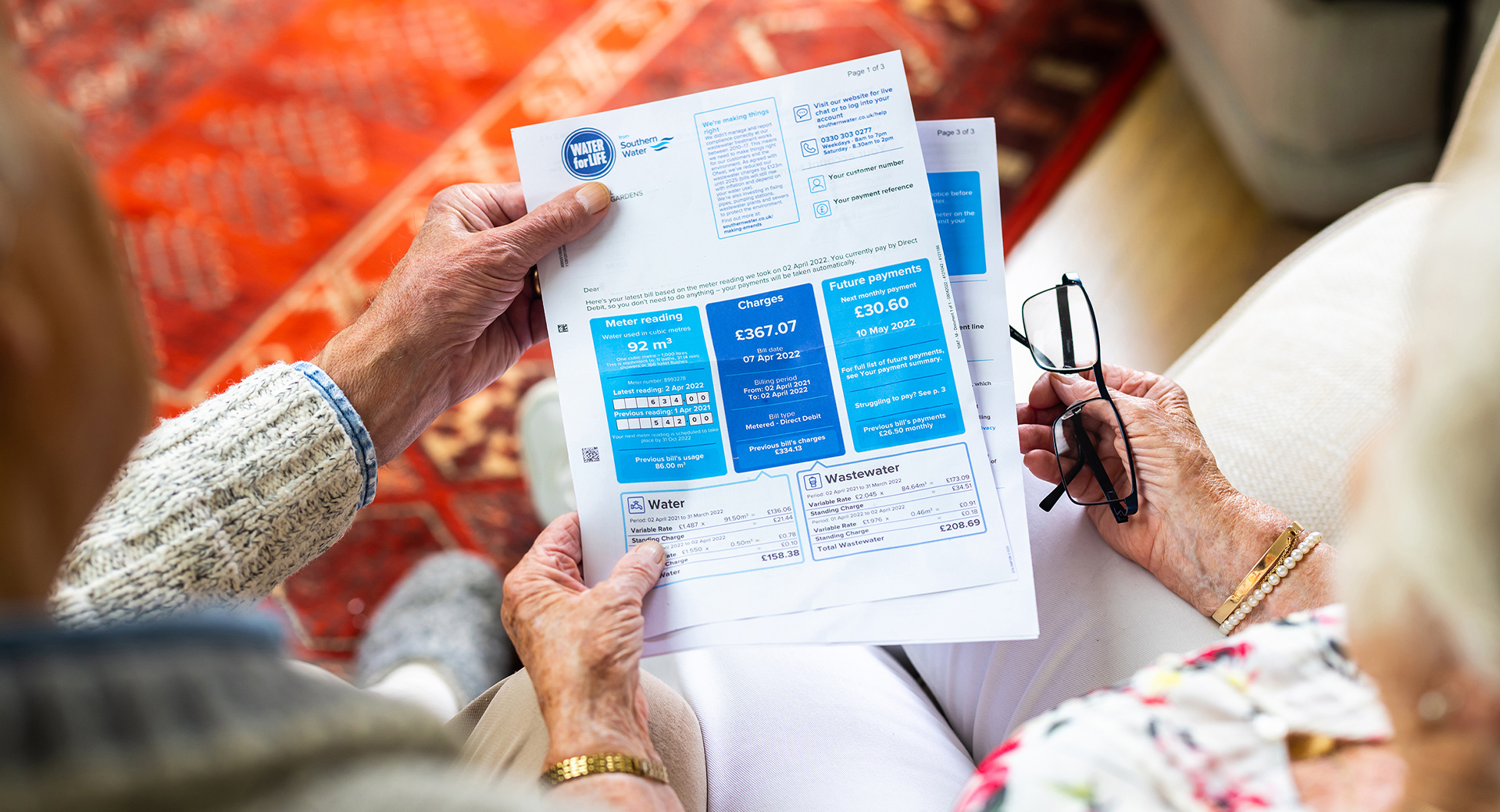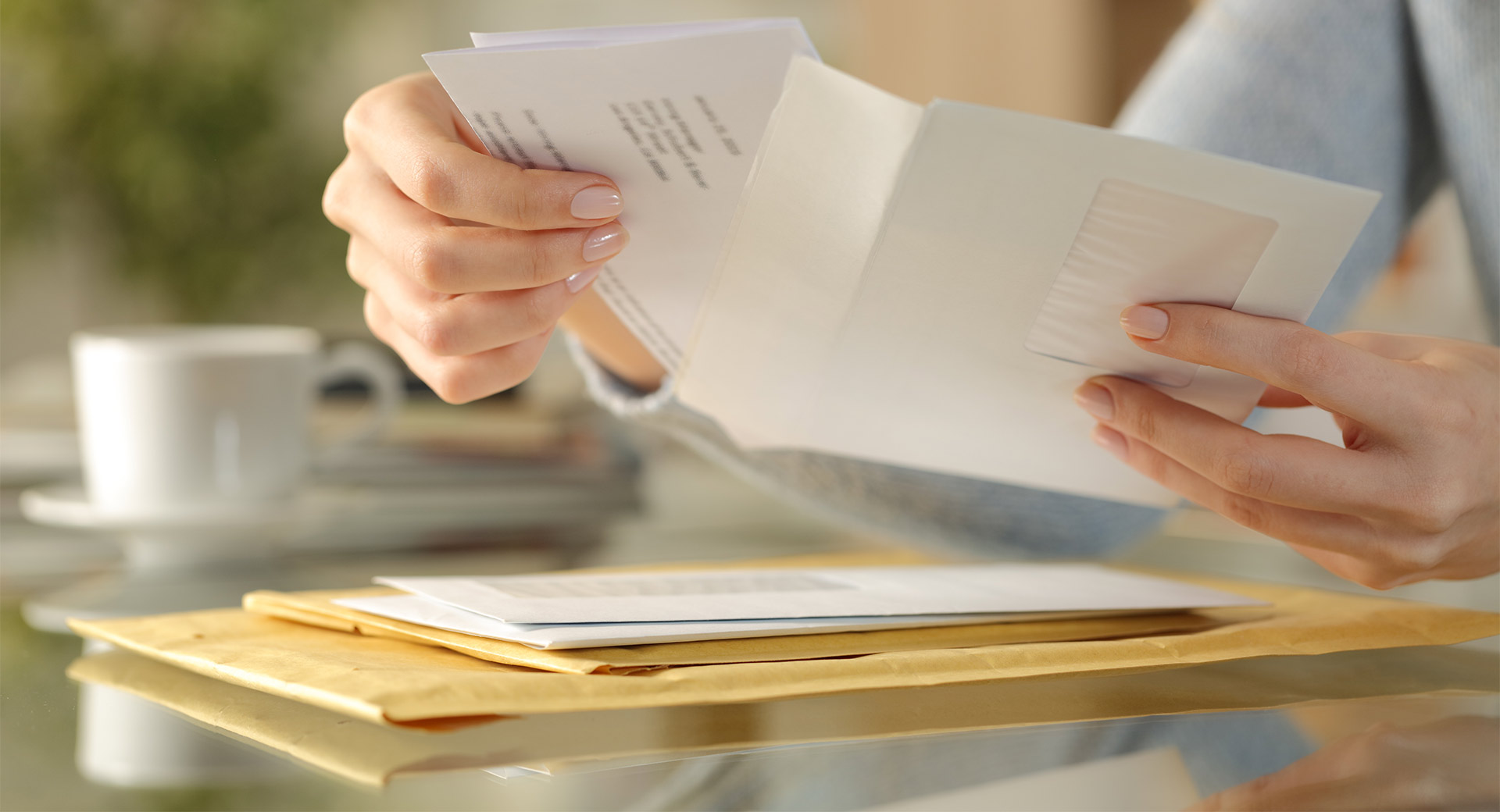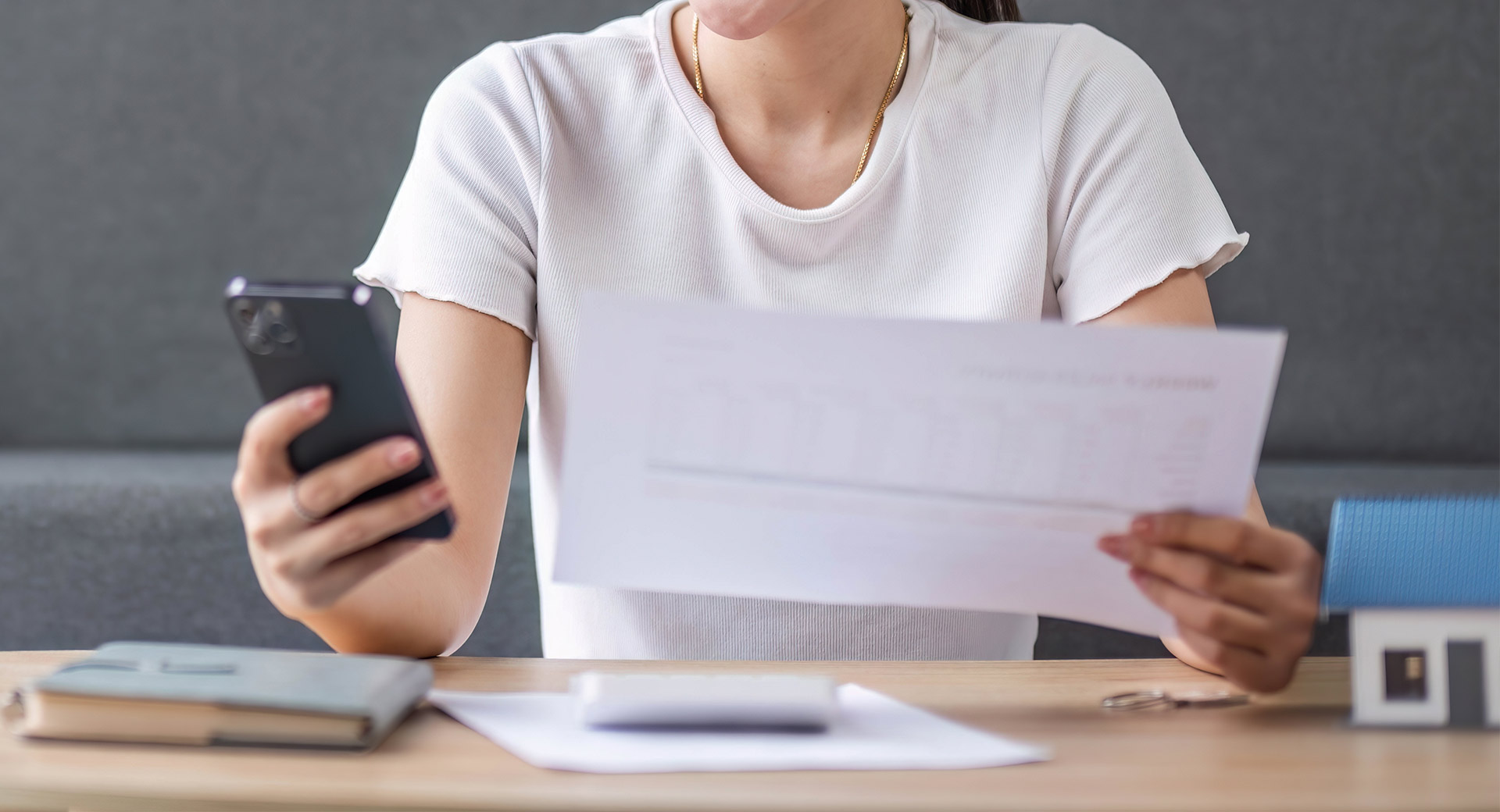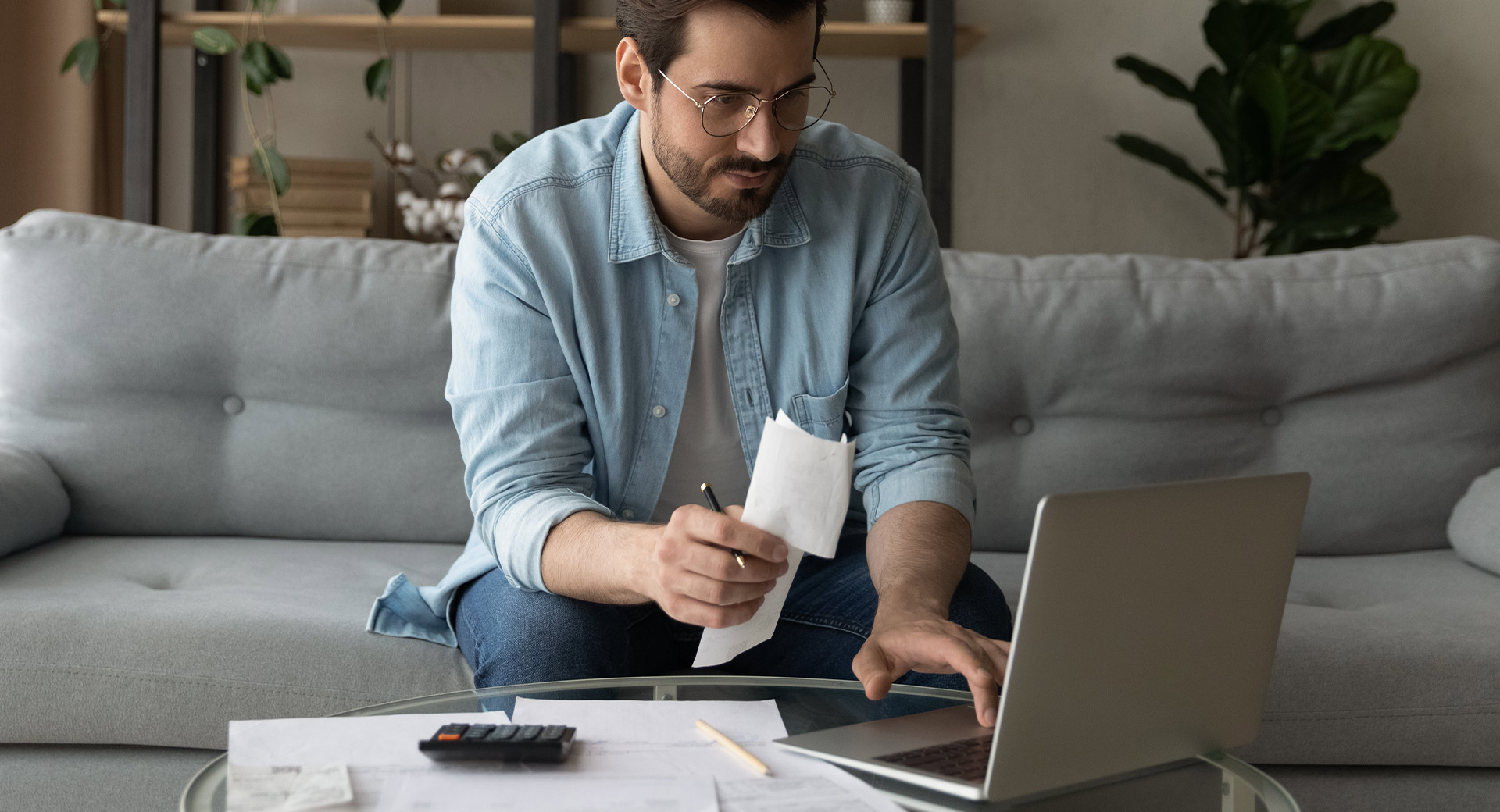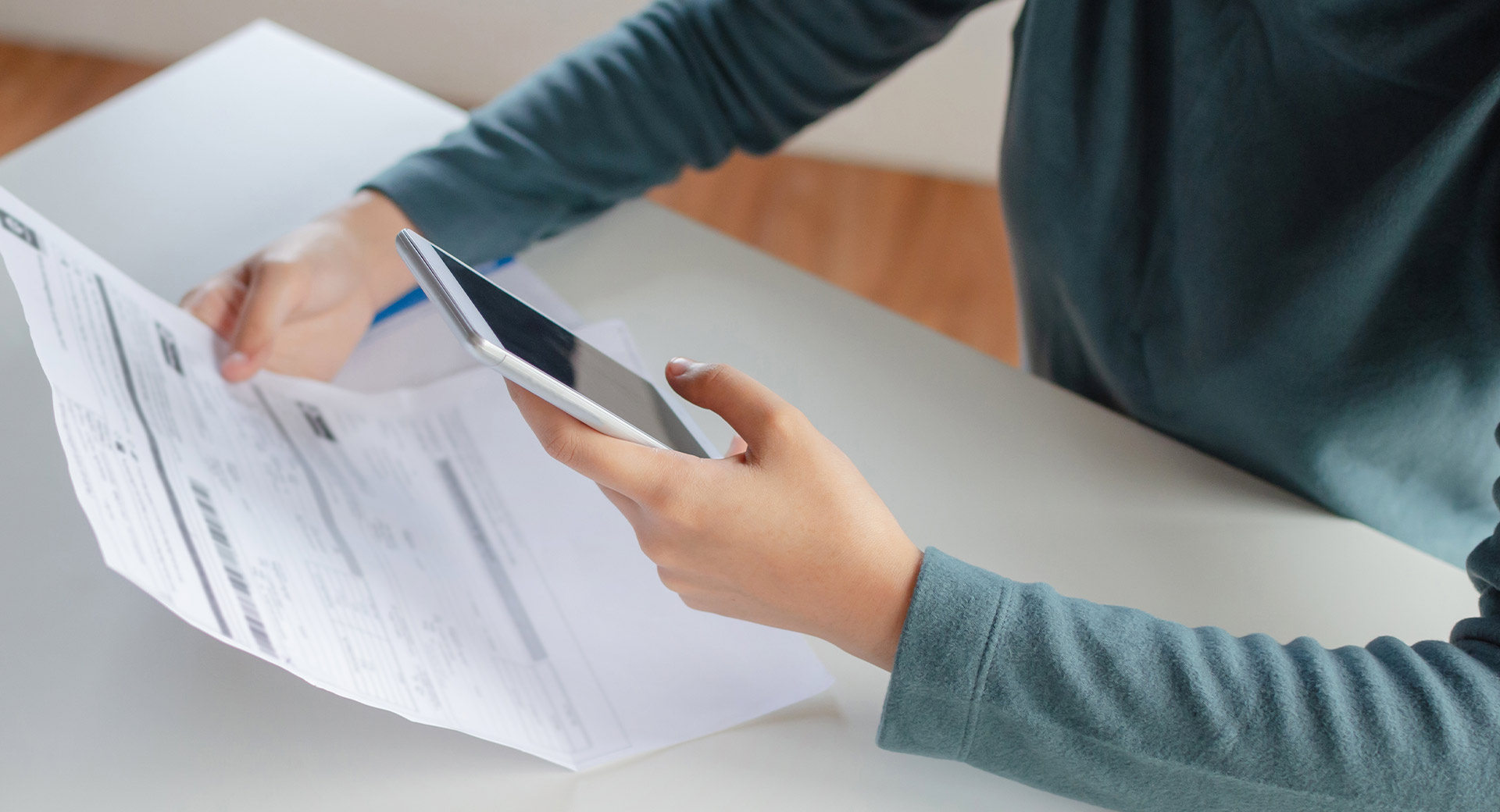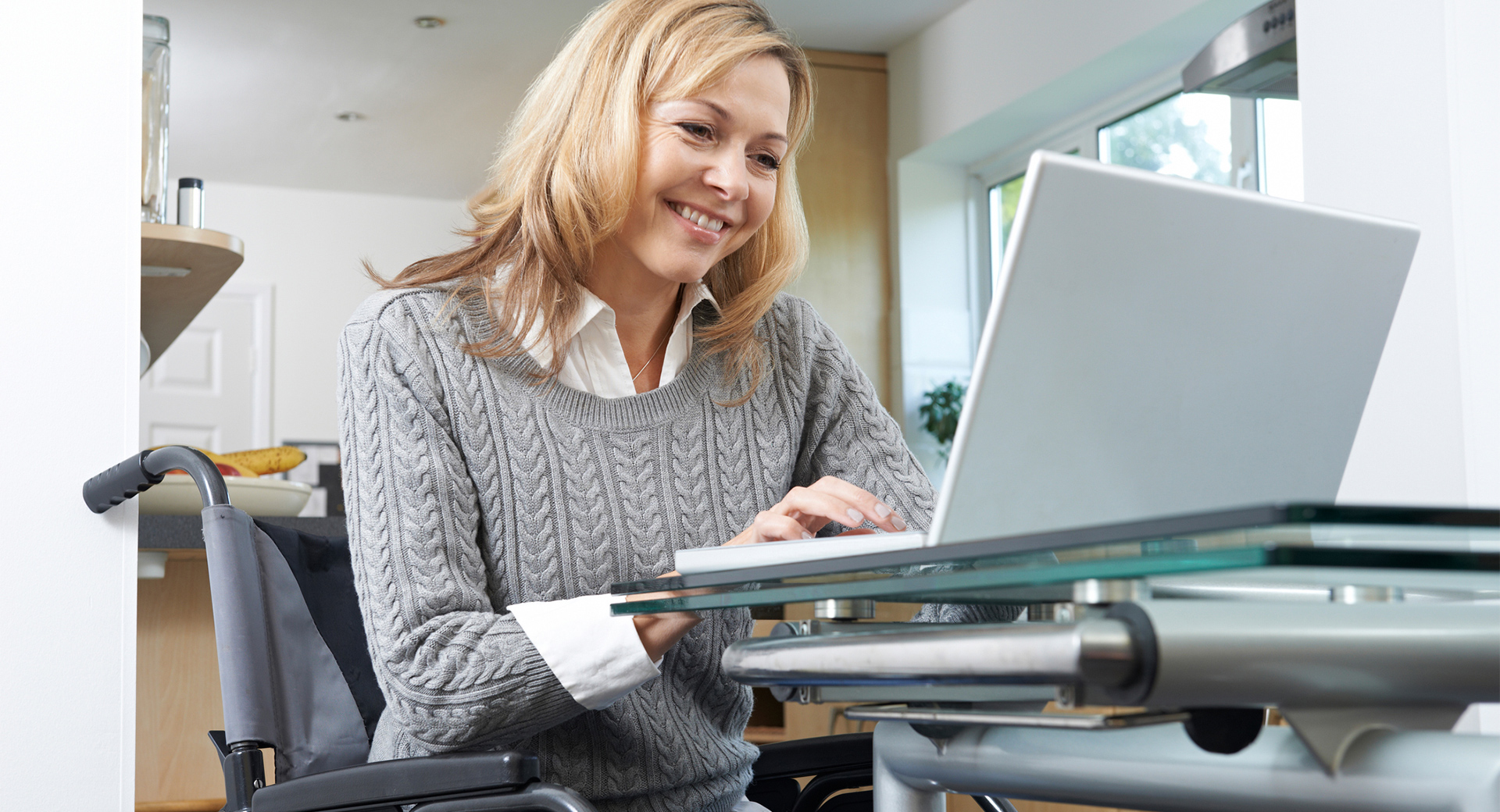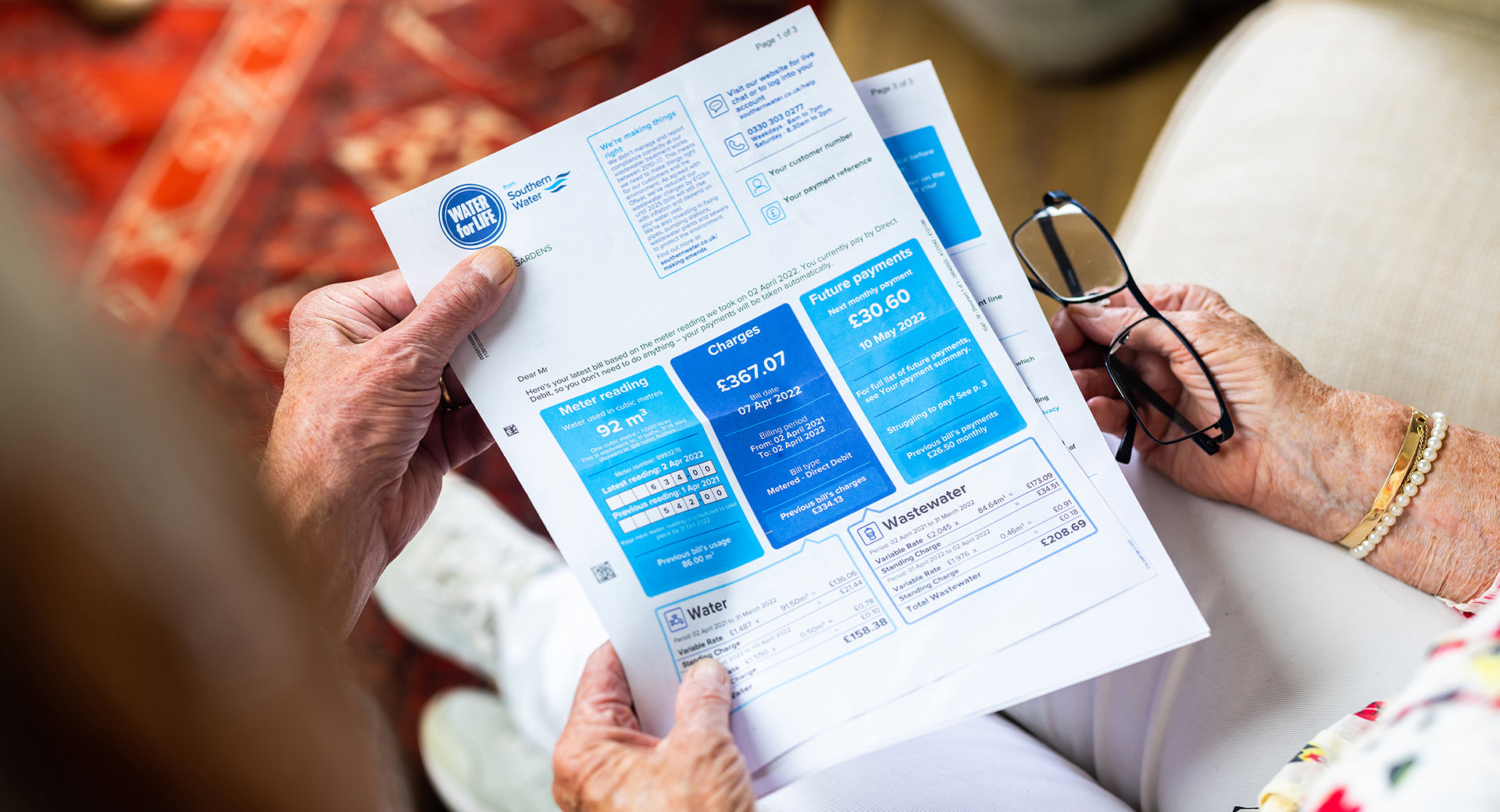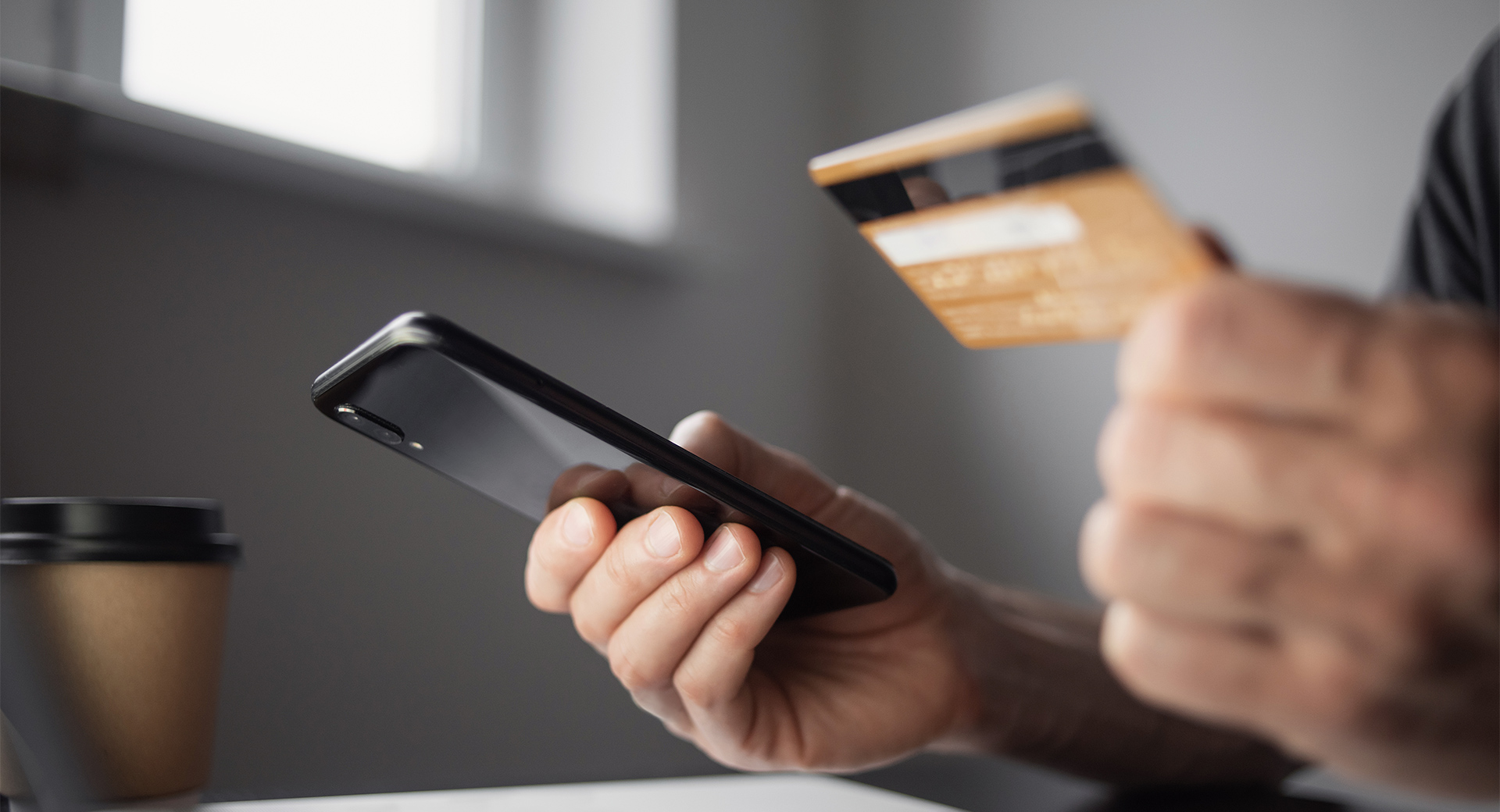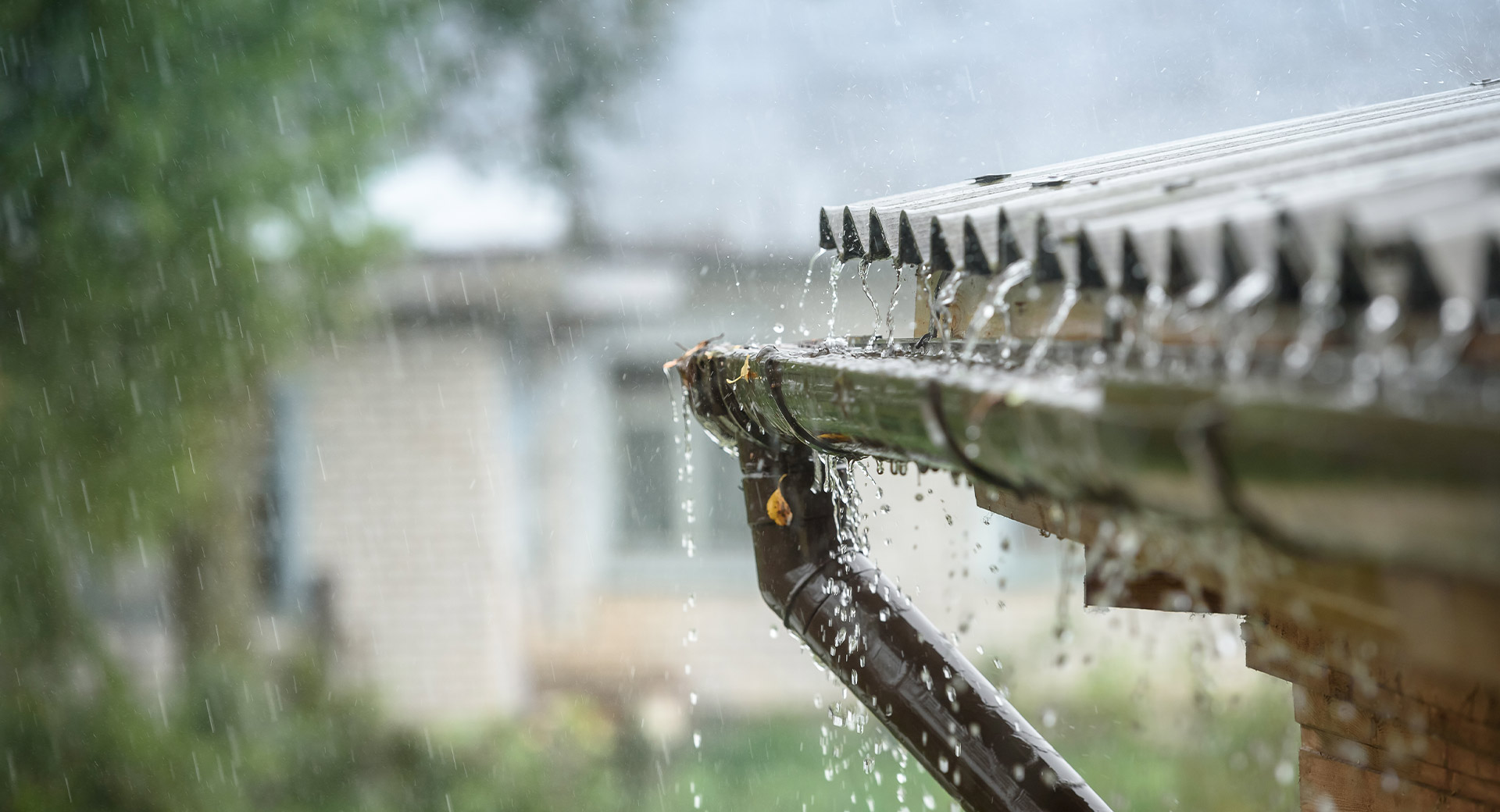Do you have a water meter?
Were you billed for a longer period than usual?
This might be the reason your bill is higher than your last. You will usually be billed annually, covering a 12-month period, but sometimes bills may cover a shorter period (i.e. 3 months). You can check this, on your bill.
Was there credit on your account?
If your account was previously in credit, this might have reduced the amount you needed to pay last time and now you need to pay the full amount to avoid building up debt. Setting up a Direct Debit is the easiest way to pay the right amount each month.



